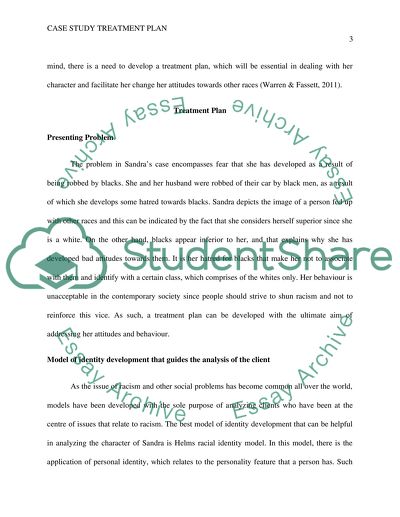Cite this document
(“Case study treatment plan Essay Example | Topics and Well Written Essays - 2500 words”, n.d.)
Retrieved from https://studentshare.org/psychology/1482196-case-study-treatment-plan
Retrieved from https://studentshare.org/psychology/1482196-case-study-treatment-plan
(Case Study Treatment Plan Essay Example | Topics and Well Written Essays - 2500 Words)
https://studentshare.org/psychology/1482196-case-study-treatment-plan.
https://studentshare.org/psychology/1482196-case-study-treatment-plan.
“Case Study Treatment Plan Essay Example | Topics and Well Written Essays - 2500 Words”, n.d. https://studentshare.org/psychology/1482196-case-study-treatment-plan.


